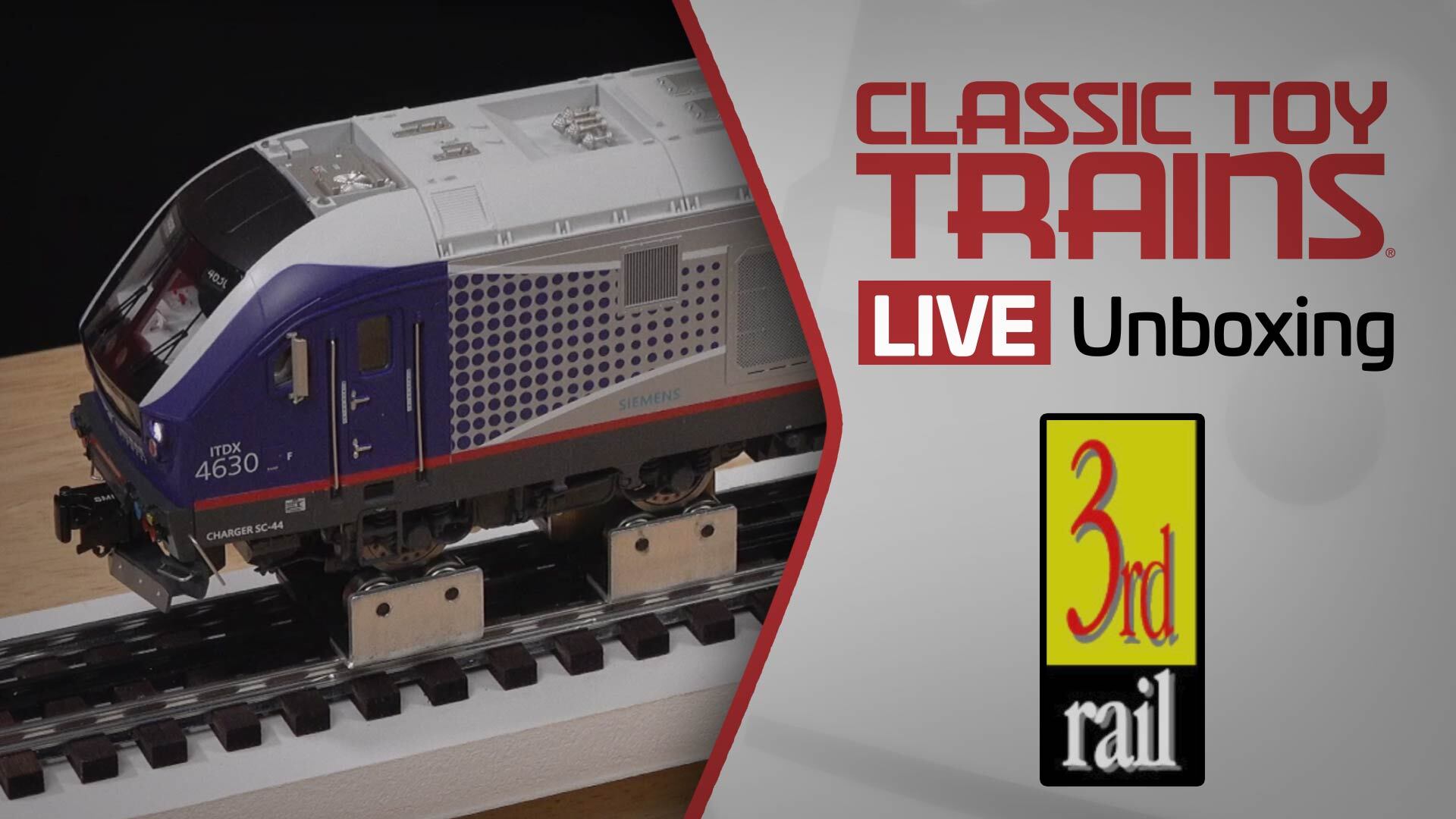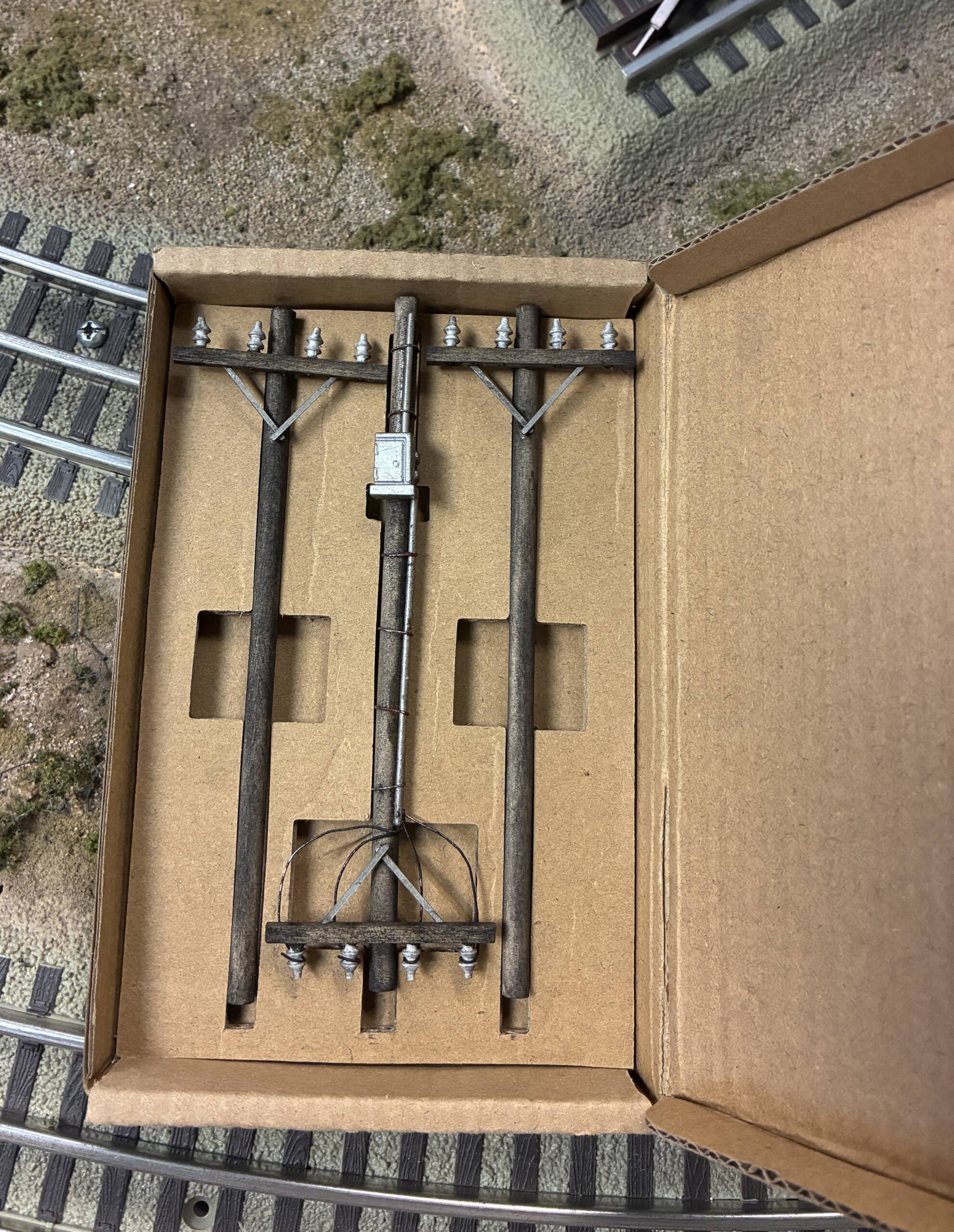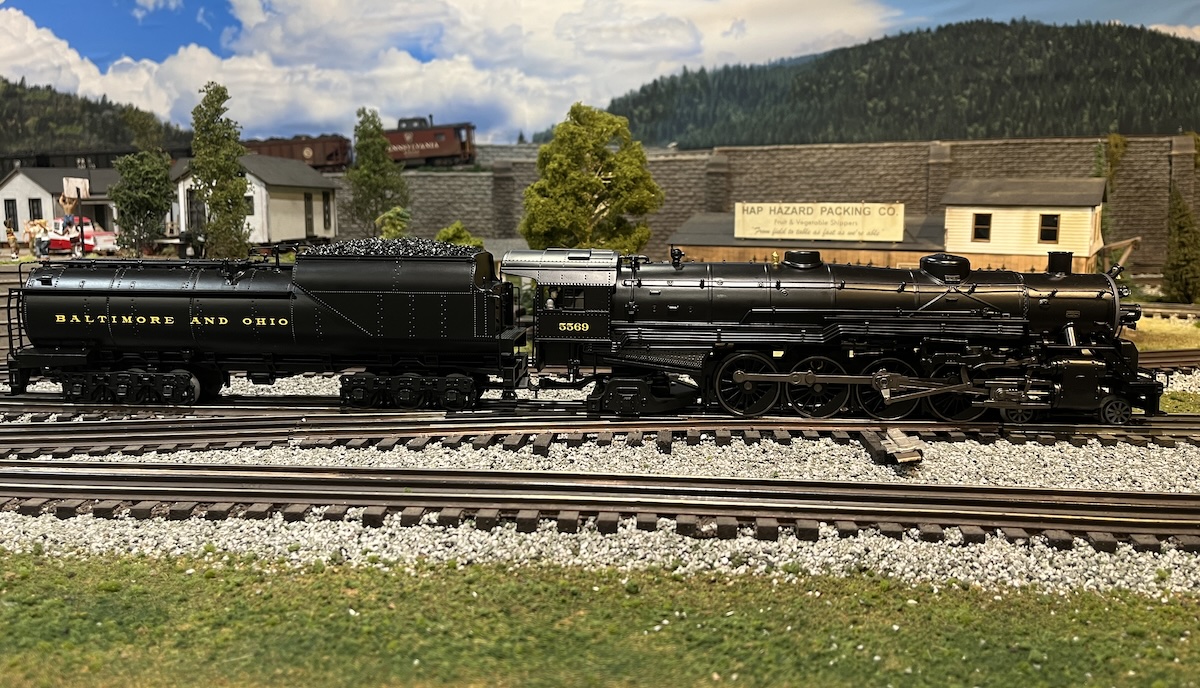In postwar America the railroads faced a loosing battle for passenger traffic against Ford, Chevy, and TWA. Caught between ICC mandates requiring service and the hope of making a profit (or at least minimizing losses) on short haul or branch line service, the Budd Co. basically repackaged the doodlebug in a shining aluminum body patterned after some of its postwar successes such as the C&O’s Chessie, the Wabash’s Blue Bird, and the Western Pacific’s California Zephyr.
The RDC had several virtues: it reduced crew sizes; it reduced the amount of equipment required for a train and the obvious cost to purchase, maintain, and run it; and it appealed to the public. It looked stylish and was capable of highway speeds! In an nutshell, the RDC was the only real success in the collapsing passenger industry. It balanced operating costs versus income, but it was too little too late.
The problem was that the passenger train itself was in a death spiral and nothing short of stopping the development of the interstate highway system or banning commercial air travel could have reversed rail travel’s decline.
The RDC was available in several versions: the 89-passenger RDC-1 all-coach model, the 70-passenger RDC-2 baggage/coach model, the 48-passenger RDC-3 baggage/coach model, the no-passenger Railway Post Office/baggage RDC-4 model, and the 94-passenger RDC-9 version.
Unlike doodlebugs which could be spotted pulling coaches or the occasional freight car, each RDC had its own prime mover and it was not intended to pull other rolling stock. Each unit had a pair of 275-hp diesel engines (one in front and one at the rear, each adjacent to drive axles) that could propel the car at speeds up to 85 mph. Diesel exhaust was ducted out the bulge on the roof, via two stacks set between the radiator cooling fans. In multiple-unit lashups, a lone engineer could control all coupled RDCs from the lead unit.
And lest you think this boxy little train was some sort of souped-up Toonerville Trolley, in 1955 the Baltimore & Ohio orchestrated a publicity stunt to promote its RDCs: “The Great RDC Race” in which a two-unit RDC train followed the route of the company’s Capitol Limited between Chicago and Washington D.C.
A conventional train ran the route in 151/2 hours, but the plucky little RDCs completed the run in 12 hours, 29 minutes. The RDCs accomplished this goal not by exceeding the speed limits, but by being able to maintain higher speeds on curves and grades, and by making only three stops (for fueling and crew changes).
The B&O reaped the reward of publicity and in 1956 inaugurated Daylight Speed Liner service on the Philadelphia-Baltimore-Pittsburgh route, replacing The Washingtonian, which had been armed with conventional passenger equipment.
The new train proved to be exceptionally popular and averaged 171 passengers per 228-seat train.
The RDC has shown itself to be a survivor, and you can still find these rugged fellows at work in the United States and around the world.
The toy version
In the toy train world, the RDC has been modeled by Lionel, Marx, K-Line, Williams, and now, MTH has added a model of this train to its RailKing line.
As noted in previous reviews, all RailKing locomotives are reduced in size in order to accommodate tighter radius curves (in this case O-31 curves). How did the RDCs weather this process? Very well indeed.
The RailKing duo comprise an all-coach RDC-1 and a baggage/coach RDC-2. In spite of being compressed into 64-scale-feet (versus the 85 feet of the prototype) MTH’s designers captured the look of the real thing.
The RDC-2 (which would normally lead this duo) has most of the main reference points seen on diagrams of the Budd cars, and mirrors the six windows on the passenger compartment. The major difference is the lack of grab irons seen on the “B” end of the prototype. There was some variety in placement of number boards on versions of the actual cars, and the RailKing has the boards located on the cab front of both ends.
The RDC-1 matches the prototype with 11 windows in the passenger compartment. The roof of the car differs slightly from the RDC-2, but these differences are accurate. Otherwise details such as the car fronts and undercarriages are identical.
The undercarriage detail is worth noting. Battery boxes, air reservoirs, and other features are three-dimensional rather than flat plastic facades. This is very visible when looking from the side and this gives the cars a much more lush appearance.
The interior of the powered unit is similar to that of the RailKing doodlebug. There are rows of single seats along the windows. The rest of the interior is blocked by a plastic shield or divider. The unpowered unit has a full interior with four-across seating. Both cars have interior illumination. The corners of the windows of the passenger compartments struck me as a little sharper than the prototype, but that is probably dangerously close to nit picking.
The distinctive bulge on top of the car is basic in its detail, showing two exhaust stacks and two radiator fans with cast-in blades. The texture of the grooves in the roof is well done.
Physically, the RDC is another well-crafted RailKing product. The tooling of the aluminum-colored units is superb, we noted no flaws in the die work. Sides are smooth as silk and the detail areas rendered texture that you could easily feel with the tip of your finger.
Decoration is simple, but well done. The B&O Speed Liner emblem is worth noting – it’s accurately rendered and a welcome touch.
Offered first out in B&O and Santa Fe road names, it is safe to say that if you wait, your favorite pike may well be offered at a later date. The sky is literally the limit for MTH since there are at least 52 U.S. and Canadian railroads, commuter authorities, and other businesses (including a lumber company) that own or owned RDCs. Include museums and foreign railroads (three alone in Cuba) and it is a safe bet that the RDC will stay in the MTH catalog for quite a few years!
We examined the horn-only version of the Baltimore & Ohio RDC (no. 30-2144-0). The powered unit weighed 3 pounds, 14 ounces and the unpowered dummy trailer weighed 2 pounds, 10 ounces. Performance wise, the RailKing RDC works well in passenger service, but with dual can motors has enough punch to do well as a freight hauler for those odd mixed freight/passenger train requirements you might have (such as when the grandkids visit)!
Drawbar pull is two pounds, equal to approximately 128 modern, free-rolling pieces of rolling stock on straight and level track, far in excess of what the prototype could pull.
The two can motors delivered excellent performance. We tested the horn-only unit and it was very quiet. The only time that motor noise was noticeable at all was at the higher-end, “shake the table” speeds.
During our testing, the low end speed average was 13.9 scale mph and the high end speed was 127.6 scale mph.
The minimum radius for this outfit is O-31. There is a little overhang on these curves, but it didn’t look too bad. Suffice it to say, the wider your curves, the better the RDCs will look gliding around them.
All in all, running the RailKing version of the RDC was fun and this set will look right at home charging around a holiday display or even performing commuter service on a hi-rail line. It is another welcome addition to the fleet.
These little silver boxes give their due to a truly classic people mover and they will appeal to O gauge railroaders who (just like real railroads in the 1960s) primarily want to haul freight, but feel they have to make that one last attempt to boost passenger traffic revenue!















Hi, is the length 16" total body or 16" coupler to coupler. Thanks, Mike
Just got my own set of MTH B&O RDC Budds. My first MTH rolling stock! I think it's a great addition for me and your write-up inspot on. Thanks!!